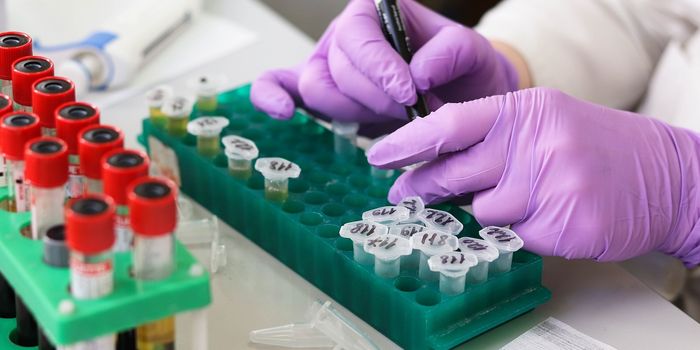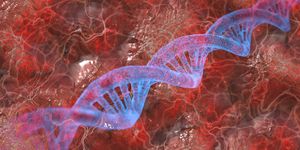Investigating the Active Components of an Herbal Mushroom
When people think of traditional medicine, often what comes to mind are the old herbal medical practices in Asian countries. However, old Europe once had similar practices and used many natural remedies.
One of the more common ingredients in European herbal remedies was a mushroom called Fomitopsis officinalis, or agarikon. Commonly found on the trunks of fir trees, it was used to treat everything from inflammation, rheumatism, dizziness, and cancer. Its use declined after an extract of it, called agaricin, showed promising therapeutic effects across a range of ailments.
Fomitopsis officinalis is now an incredibly rare mushroom. It has been under strict regulation since the 1980s after its use as an herbal remedy combined with deforestation of its natural habitat nearly drove it to extinction. In a new study, a team from the Jagiellonian University Medical College in Poland managed to secure a sample to identify this nearly extinct fungus’ biologically active components.
This study focused on identifying the active biological components, as other studies have identified other common compounds such as polysaccharides or terpenoids. They used analytical methods such as reversed-phase high-performance liquid chromatography (RP-HPLC) and atomic absorption spectroscopy with flame atomization (F-AAS).
Analysis of the makeup of F. officinalis was broken down into the fruiting body (what we think of as a classic mushroom) and an in vitro liquid line. The fruiting body was found to have more indole compounds (i.e., tryptophan and melatonin). While both the fruiting body and liquid culture had similar phenol (ring-shaped compounds) and other biological compound profiles. Both also showed antioxidant activity and anti-cancer activity, with the liquid culture having the most potent effect.
This study analyzed and identified several biological components of the mushroom Fomitopsis officinalis. Phenols, one of the primary parts of F. officinalis, are known to be some of the most effective antioxidants in nature. F. officinalis also suppressed cancer cell line growth, although the team could not delve into how this activity was conducted. This was a quick but interesting study that revealed some of this rare mushroom’s active components and how it may work in some therapeutic cases.
The study concludes, “fruiting bodies may contribute to the antioxidant and antiproliferative effects. The results of this research study, especially the FTIR analyses, showed several similarities in the composition of both extracts; this implies that not only fruiting bodies but also mycelia obtained from in vitro cultures can synthesize metabolites with potential medicinal, pharmaceutical, and cosmetological use.”
Sources: Nature Scientific Reports, TEDMED









